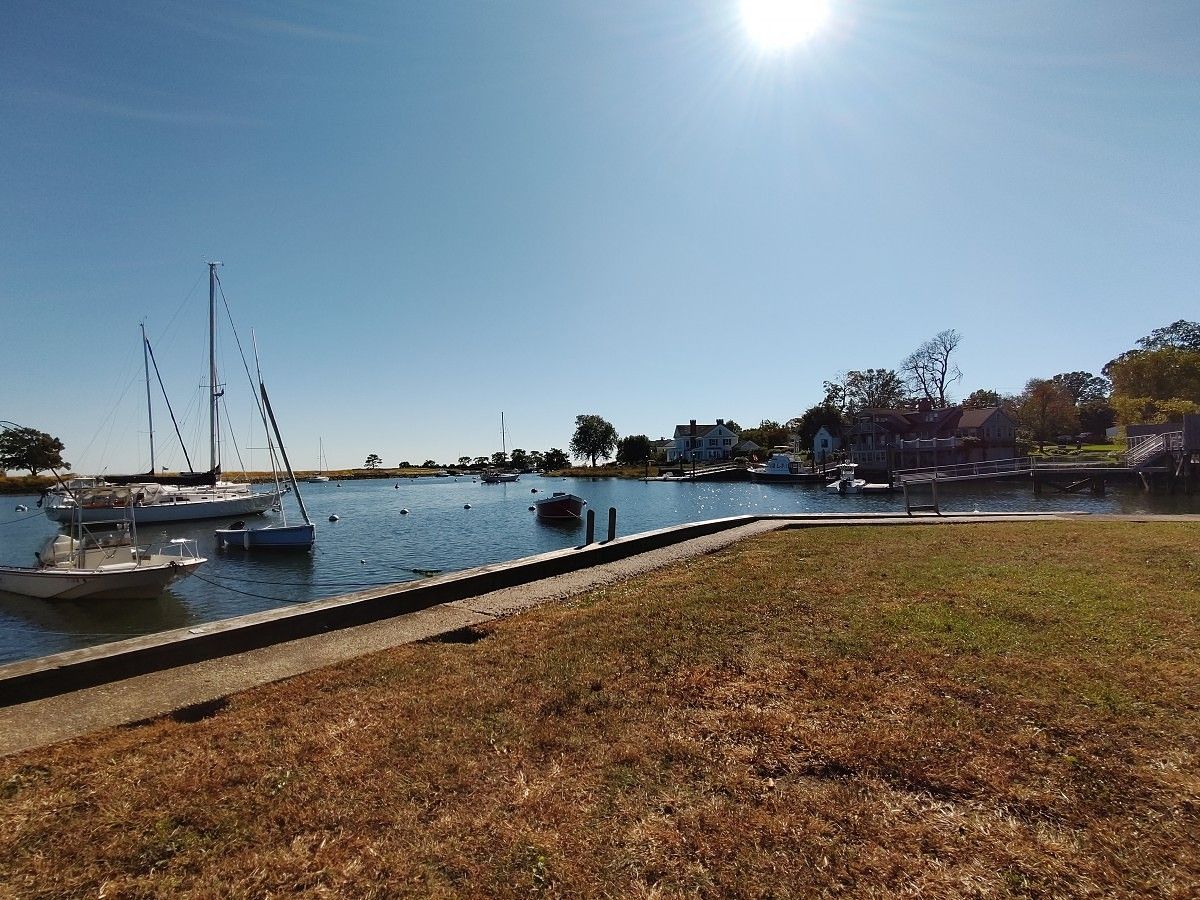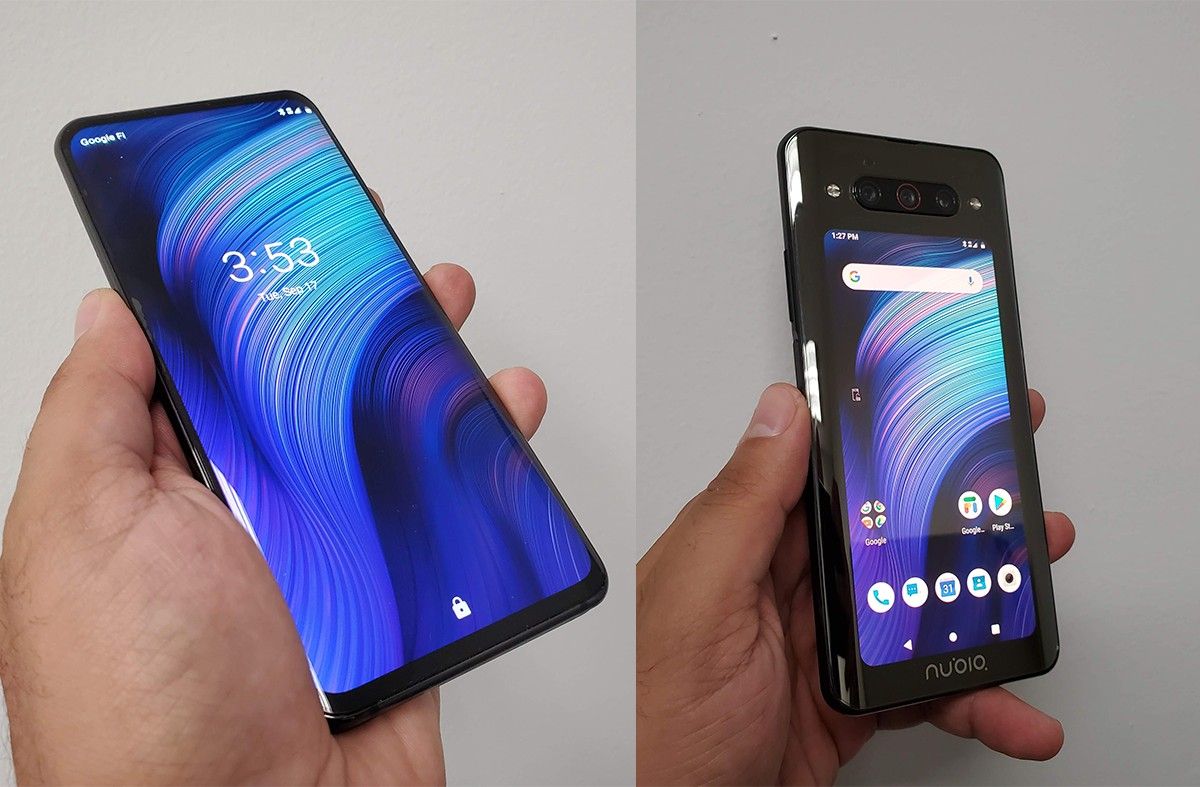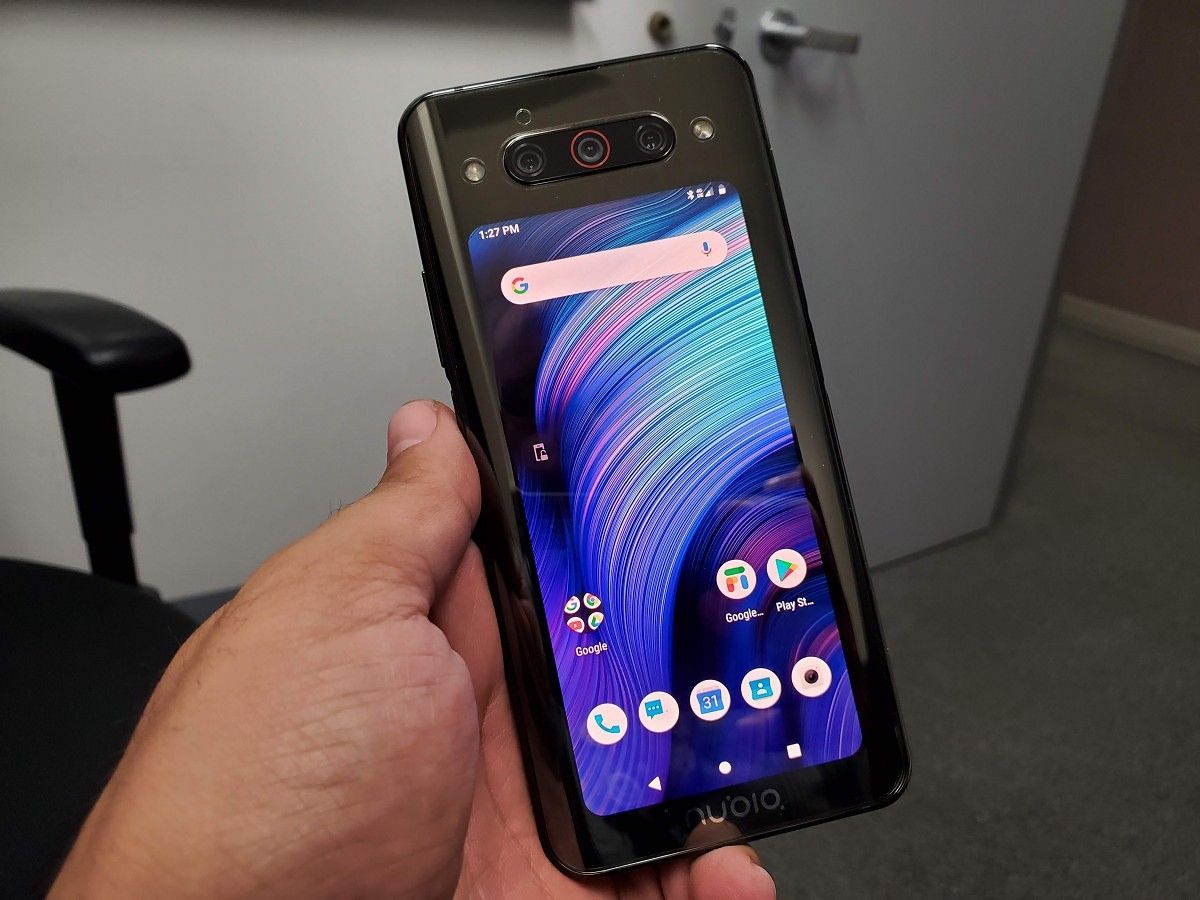The Nubia Z20 was announced a while back, making headlines by offering a really unique and interesting concept: it has two screens, one on the front and one on the back. The idea was to get rid of the popup or front cameras by letting you flip your phone around to the back screen when you need to take a selfie. This is such a huge change from how we normally use phones, I had to jump at the opportunity to test it out for a few weeks. However, after using it for a bit, I can confidently say that this is the most annoying and least useful gimmick I've seen in a long time. In fact, it even interferes with core facets of the user experience that I took for granted.
Unlike other dual-screen phones like the Galaxy Fold, LG V50, LG G8x, or ZTE Axon M, this isn't to make usability better. Instead, Nubia added a second display to the back to ensure that there is no hole punch, notch, top bezel, popup camera and so on. And with two screens, you only get one rear camera: that means the back display is your front display while you are using the front (rear) facing cameras. Besides the dual display, the Nubia Z20 is exactly the same as any other AOSP based phone. It has very little custom software besides for the Red Magic gaming mode and a blue light filter. So far, this sounds pretty nifty, right? I expected it to be as cool as it seemed, but I was disappointed.
|
Specifications |
Nubia Z20 |
|---|---|
|
Size |
158.63×75.26×9mm; 186g |
|
Software |
Android 9.0 (Pie) with nubia UI 7.0 |
|
SoC |
Snapdragon 855 Plus (1 x Kryo 485 at 2.96GHz + 3 x Kryo 485 at 2.42GHz + 4 x Kryo 385 at 1.8GHz) 7nm Mobile Platform with 675MHz Adreno 640 GPU |
|
RAM and storage |
|
|
Battery |
4000mAh with 27W fast PD charging, Quick Charge 4.0 |
|
Front Display |
6.42-inch (1080 × 2340 pixels) 19.5:9 FHD+ AMOLED curved glass display |
|
Rear Display |
5.1-inch (1520 × 720 pixels) HD+ AMOLED |
|
Ports |
USB Type-C port, dual SIM slots |
|
Security |
Dual side-mounted fingerprint sensors |
|
Rear cameras |
|
|
Colors |
Black, Blue, Red |
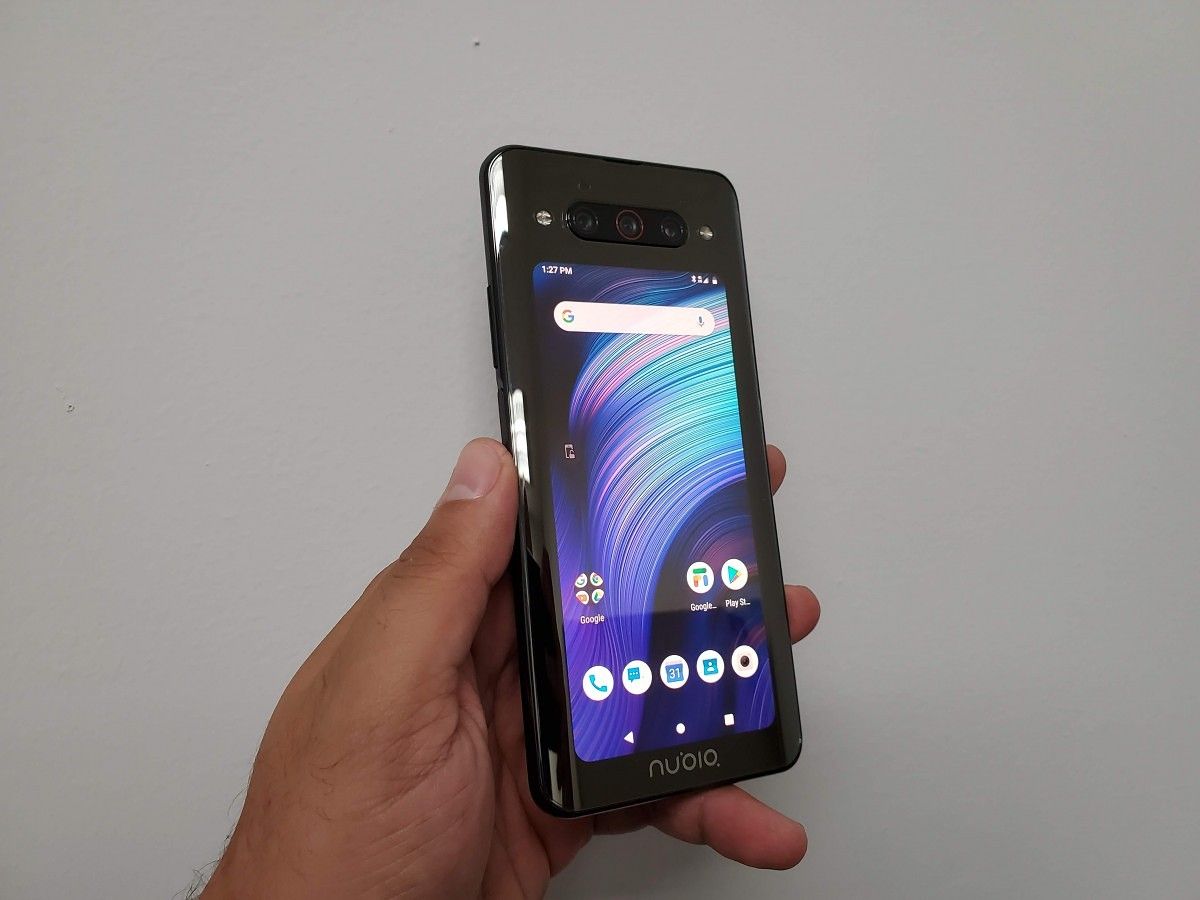 As for the actual display, it is covered in a coating that makes it mimic the rear color of the phone while not in use. Thus, while the screen is off, the always-on display can turn on. and instead of showing white text and icons on a black slab, it will appear as if it's projected onto the colored back of the phone. Pretty cool, huh? This surprisingly didn't affect colors on the display much, although it's not like that would matter -- you aren't supposed to stare at this for tens of minutes at a time or consume media on it.
As for the actual display, it is covered in a coating that makes it mimic the rear color of the phone while not in use. Thus, while the screen is off, the always-on display can turn on. and instead of showing white text and icons on a black slab, it will appear as if it's projected onto the colored back of the phone. Pretty cool, huh? This surprisingly didn't affect colors on the display much, although it's not like that would matter -- you aren't supposed to stare at this for tens of minutes at a time or consume media on it.
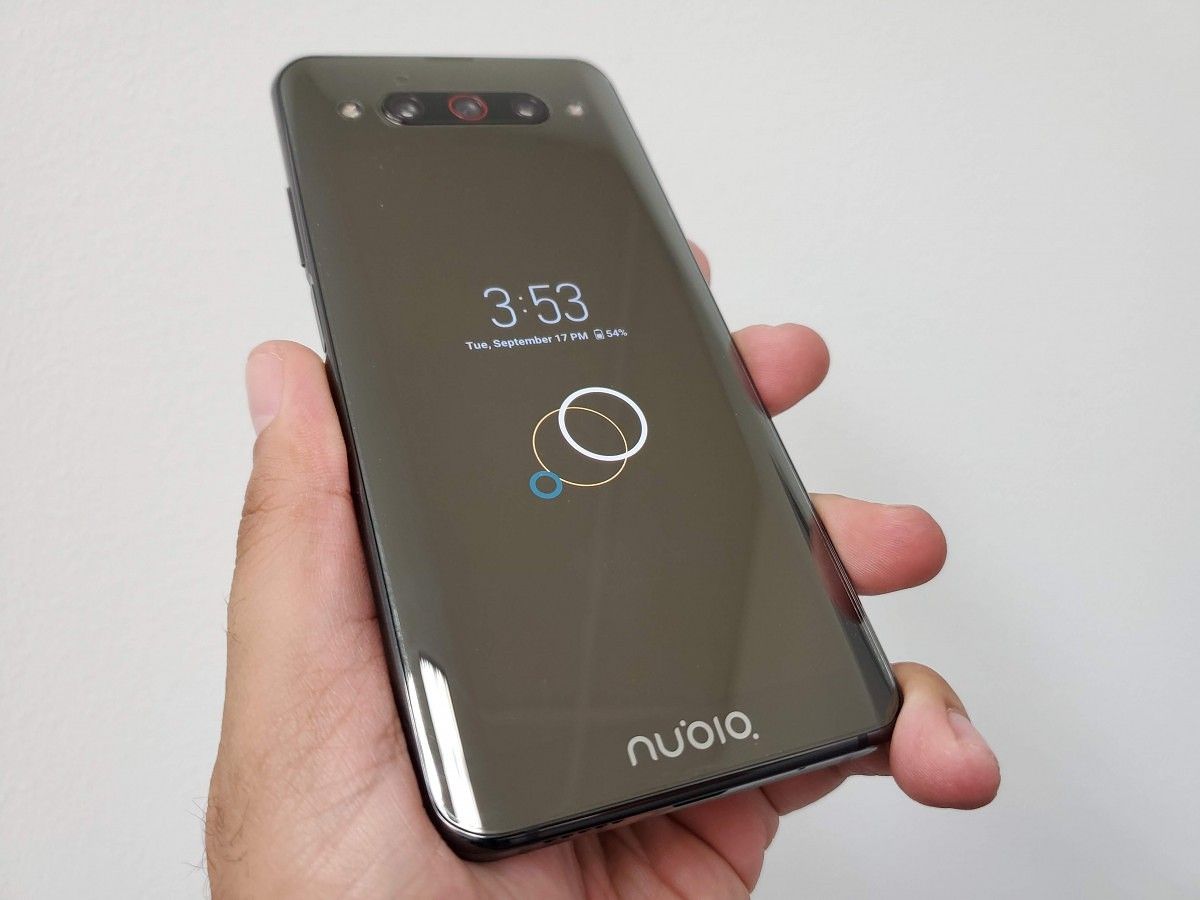 Nubia also included two fingerprint scanners, which is actually pretty smart. On both the left and right sides of the phone, you will find a dual fingerprint and power button. You can unlock and lock with both sides, so you can always use the same finger to unlock the device no matter which display you are using.
Nubia also included two fingerprint scanners, which is actually pretty smart. On both the left and right sides of the phone, you will find a dual fingerprint and power button. You can unlock and lock with both sides, so you can always use the same finger to unlock the device no matter which display you are using.
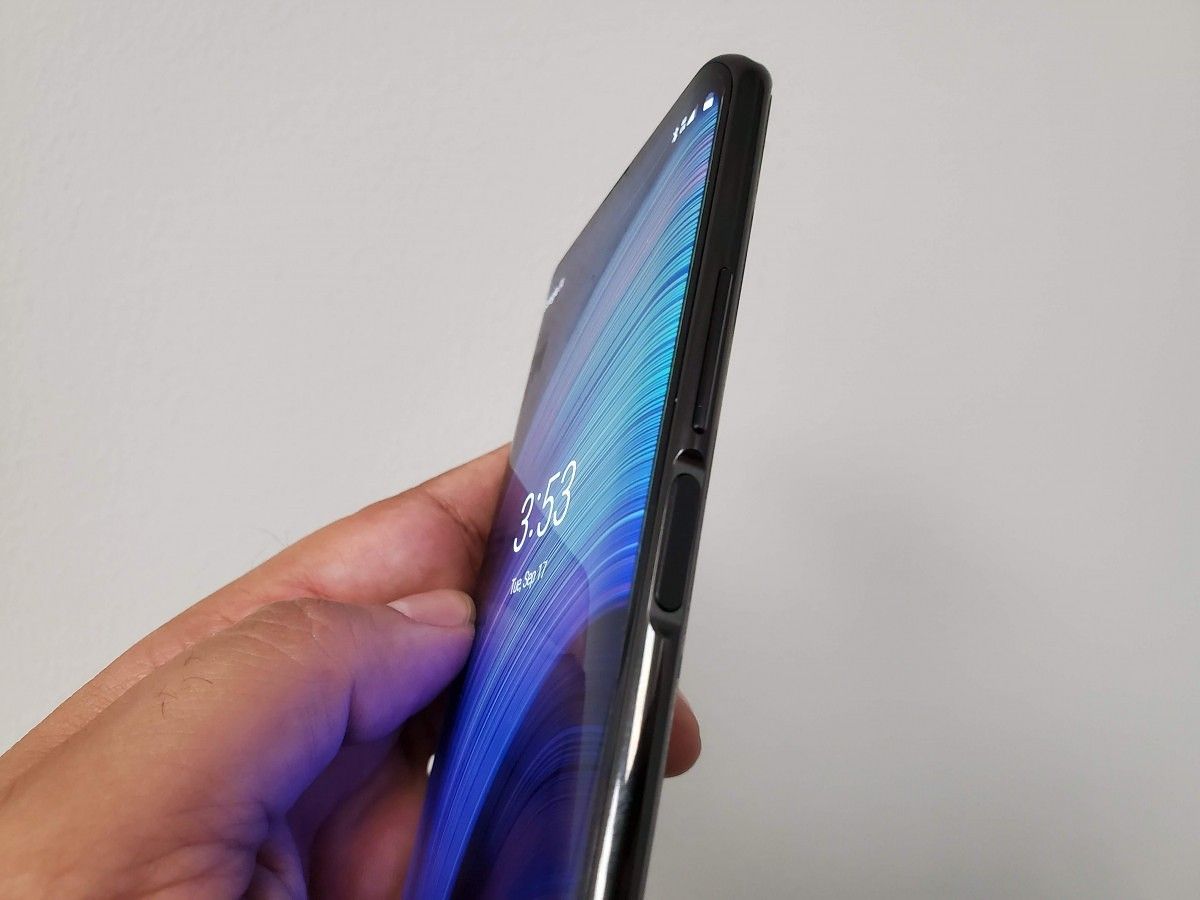
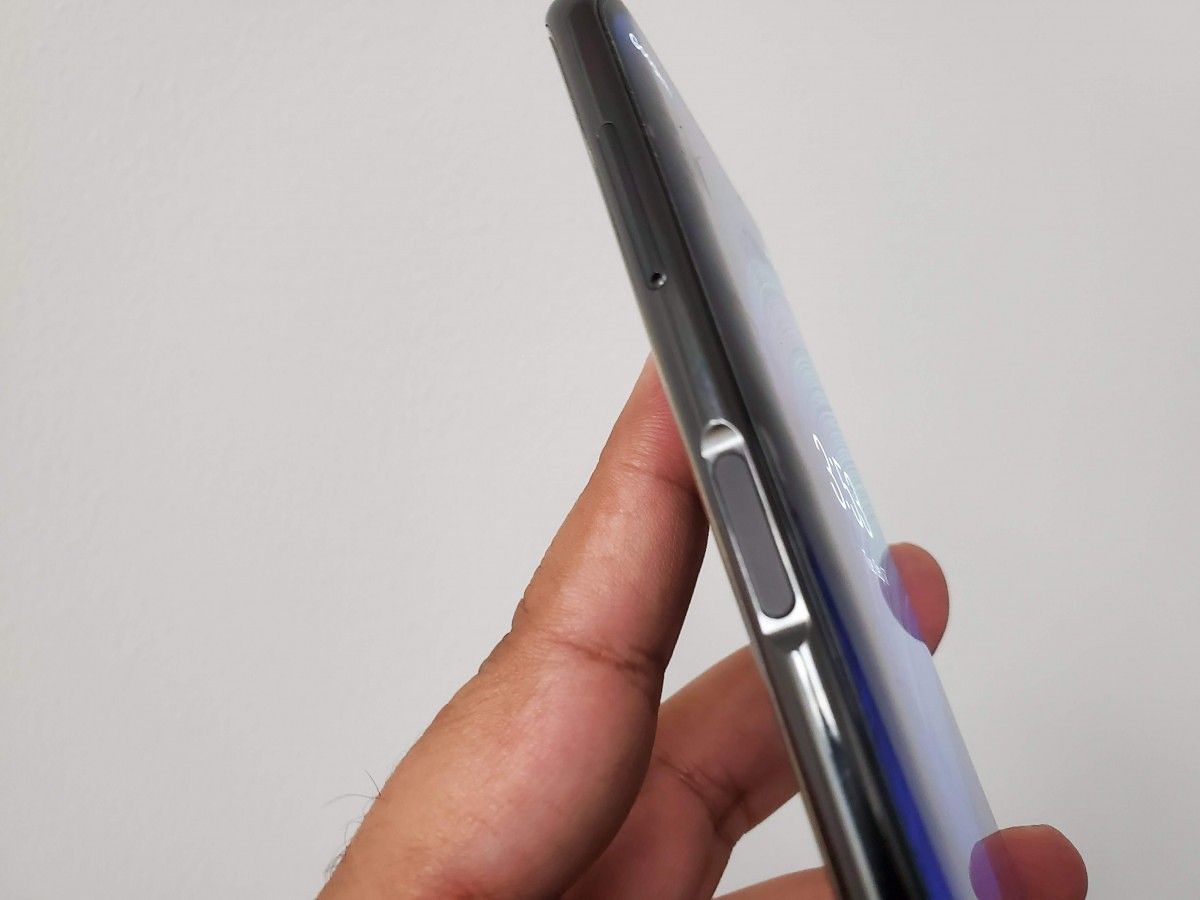
The Nubia Z20 has you go through extra steps to arrive at a worse user experienceTo make things worse, the dual-screen experience isn't even that great! At first, it seems like it will be fine and dandy: just flip around the screen when you need to use the back display, for whatever crazy reason. For a good bit of time, this is fine, it feels new and futuristic. But it won't take long for you to realize that there is no real reason to willingly switch to this display. And then, you start trying to use video calling apps or Snapchat, or just want to test the camera with a selfie. This is where it just becomes annoying. Sending a quick pic or snapping a quick selfie goes from a two-second process of opening the app and hitting the shutter to swapping the display, turning the Nubia Z20 around, then opening the app and hitting the shutter. If you are outside when it's even a little sunny, you won't even be able to see the display because it just doesn't get bright enough!
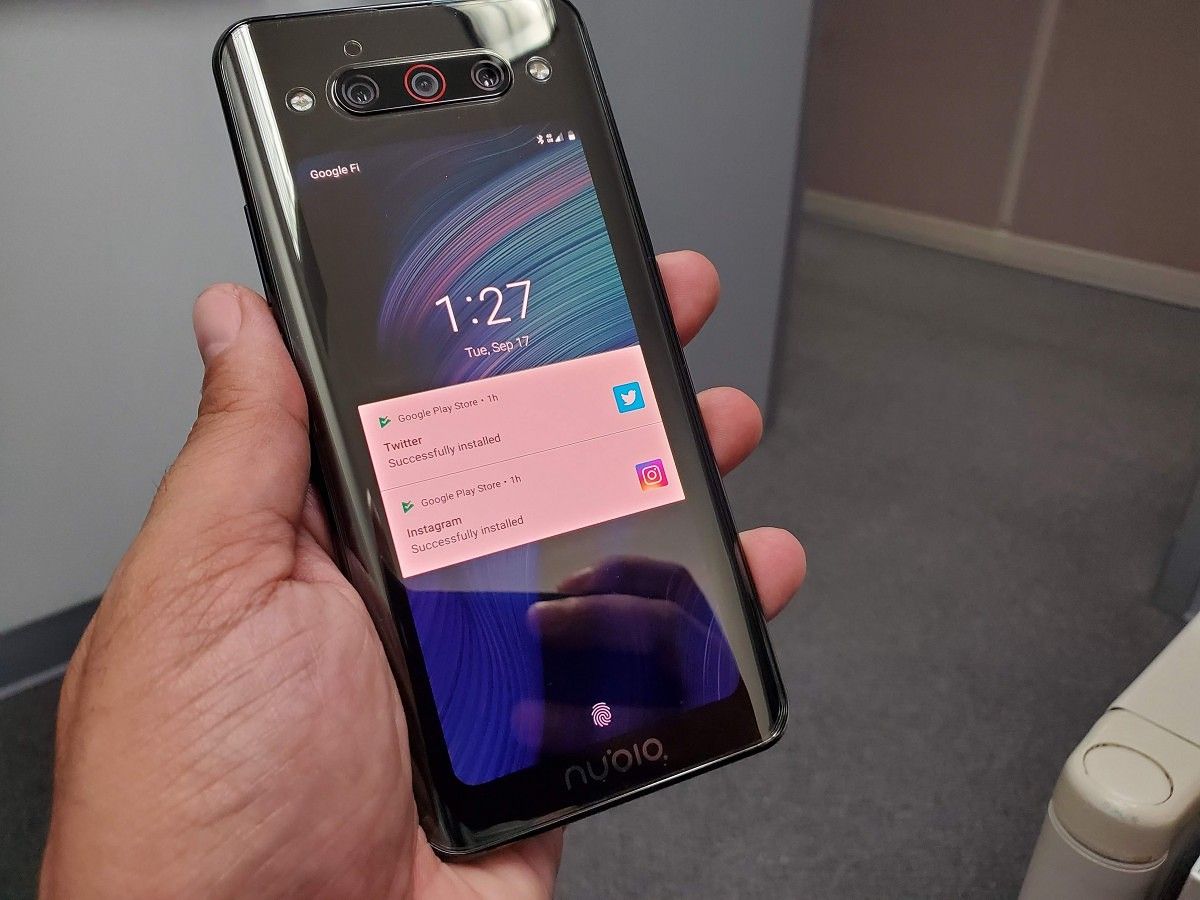 On other phones, the user experience is designed so that the phone adapts to your usage -- at least, that's what companies aim for. It's nice because, when you want to use a feature, it is just there for you, ready to roll. To have to adapt to the phone - to have to go through extra steps to then arrive at a worse experience - is just a weird change that is not just unwanted: it turns me off of the phone. Having to use a smaller display along with pressing the switch screen button is a pointless and shockingly tedious change from other phones that far outweighs the initial coolness of the form factor. The functionality outstays its welcome, and in the end, it's just not worth it.
There is yet another issue with the cameras: unsurprisingly, they aren't that great. Their outputs are very soft, lacking almost any fine detail. That essentially means that even without a beauty mode, it will be super soft and look as though there was a (poor) beauty mode filter. So, let's recap: you must physically turn the phone around, going out of your way by manually flipping the device, to access a poor camera setup on a terrible display. If there were any other advantages to the form factor, such as the inclusion of useful features that I'm currently not able to conceive (but hey, that's their job, not mine) then maybe, these compromises wouldn't sting this badly. But I doubt it. This is definitely the flashiest way to achieve a full screen, bezeless front, and it's also the worst I've used.
On other phones, the user experience is designed so that the phone adapts to your usage -- at least, that's what companies aim for. It's nice because, when you want to use a feature, it is just there for you, ready to roll. To have to adapt to the phone - to have to go through extra steps to then arrive at a worse experience - is just a weird change that is not just unwanted: it turns me off of the phone. Having to use a smaller display along with pressing the switch screen button is a pointless and shockingly tedious change from other phones that far outweighs the initial coolness of the form factor. The functionality outstays its welcome, and in the end, it's just not worth it.
There is yet another issue with the cameras: unsurprisingly, they aren't that great. Their outputs are very soft, lacking almost any fine detail. That essentially means that even without a beauty mode, it will be super soft and look as though there was a (poor) beauty mode filter. So, let's recap: you must physically turn the phone around, going out of your way by manually flipping the device, to access a poor camera setup on a terrible display. If there were any other advantages to the form factor, such as the inclusion of useful features that I'm currently not able to conceive (but hey, that's their job, not mine) then maybe, these compromises wouldn't sting this badly. But I doubt it. This is definitely the flashiest way to achieve a full screen, bezeless front, and it's also the worst I've used.

